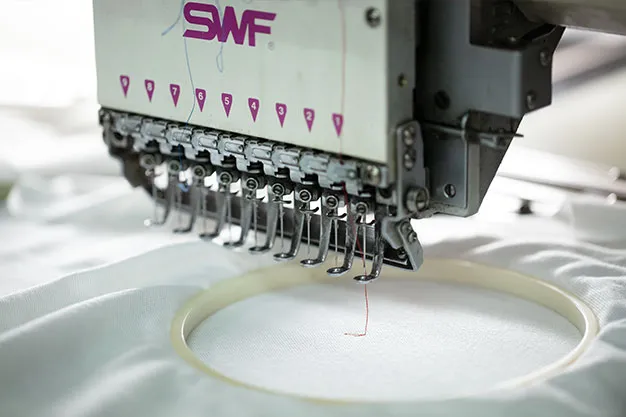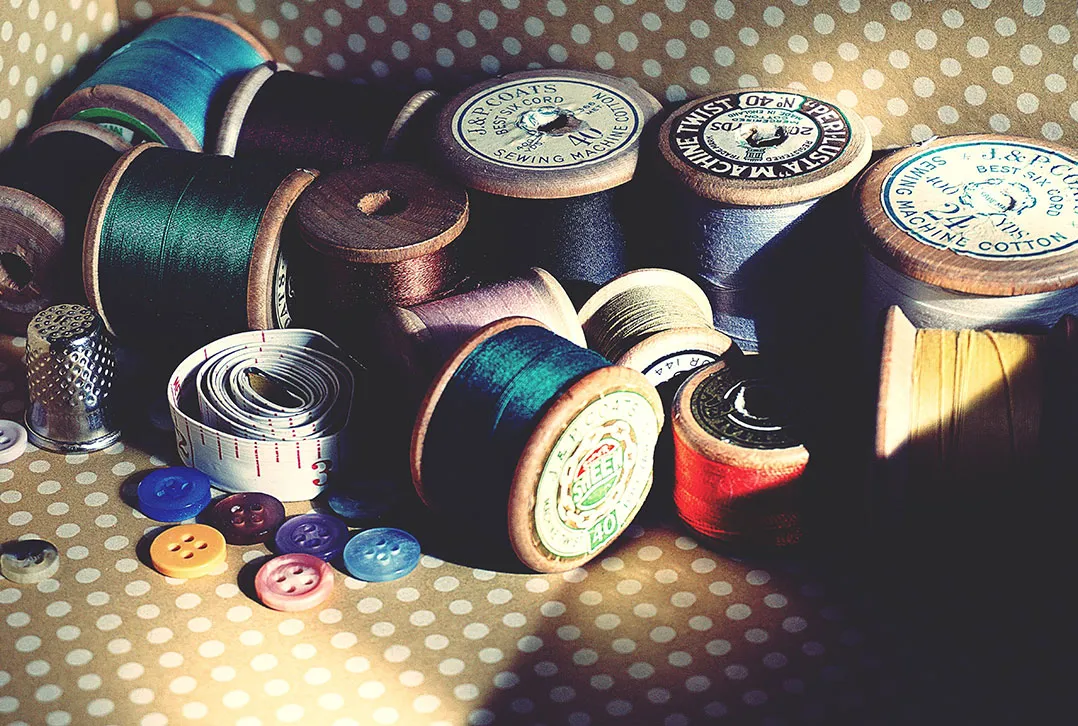In the dynamic world of garment manufacturing, customization has become a key differentiator that sets brands apart. As an export company specializing in high-quality garments, offering in-house embroidery and printing services allows us to provide unique and personalized products to our clients. However, choosing the right decoration technique—embroidery or printing — can significantly impact the final look, feel, and longevity of your garments. This blog aims to guide you through the pros and cons of each technique, helping you make an informed decision for your customization needs.

Embroidery involves stitching a design onto fabric using thread. This ancient technique has been modernized with advanced machinery, enabling intricate and durable designs.
Advantages of Embroidery:

Disadvantages of Embroidery:

Printing involves applying ink or dye directly onto the fabric. Techniques vary from screen printing to direct-to-garment (DTG) printing, each offering unique benefits.
Advantages of Printing:
Disadvantages of Printing:

Consider Your Design:
Consider the Garment Type:

Consider the Order Size:
Consider the Budget:
Both embroidery and printing have their unique advantages and ideal applications. As a garment manufacturer with in-house customization capabilities, we are equipped to provide you with the best technique based on your specific needs. Whether you’re looking for the timeless elegance of embroidery or the vibrant detail of printing, we ensure that your garments not only meet but exceed your expectations.